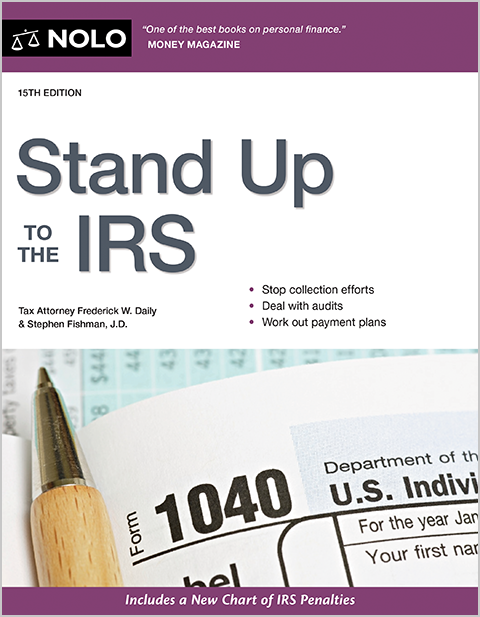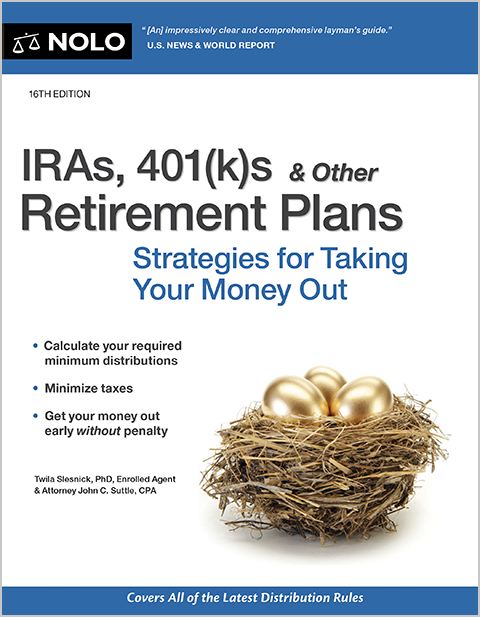Here's a list of the top tax deductions for those over 50.
If you're a senior or retired person, be sure to understand and take advantage of the deductions available to reduce your income taxes each year.
Here are some of the most important tax deductions.
1. Standard Deduction
Every taxpayer can either take the standard deduction or itemize personal deductions on IRS Schedule A. You should take the standard deduction if your personal deductions (primarily home mortgage interest, real estate taxes, charitable contributions, and medical expenses) are less than the applicable standard deduction.
The Tax Cuts and Jobs Act, the massive tax reform law that took effect in 2018, roughly doubled the standard deduction. As a result, about 90% of all taxpayers, including older Americans, take the standard deduction.
Anyone 65 and older by December 31 of the tax year is entitled to a higher standard deduction than younger folks. You can claim the higher deduction only if your spouse is older than 65 and you file a joint return.
2. Medical and Dental Expenses
Medical and dental expenses are often one of the largest expenses for retired people. Fortunately, some of these expenses are deductible if you itemize your personal deductions. These include health insurance premiums (including Medicare premiums), long-term care insurance premiums, prescription drugs, nursing home care, and most other out-of-pocket healthcare expenses.
If you itemize your deductions, medical and dental expenses are deductible from your income taxes on Schedule A of your tax return. However, they're subject to an annual limit. The limit is 7.5% of a taxpayer's adjusted gross income (AGI).
So, only those expenses in excess of 7.5% of a taxpayer's AGI are deductible. For example, if someone's AGI is $100,000, only those medical and dental expenses above $7,500 (7.5% x $100,000 = $7,500) would be deductible.
To learn more, see Deducting Medical Expenses and IRS Publication 554, Tax Guide for Seniors (available on the IRS website).
3. Charitable Contributions
Retirement is a time many people think about giving back to their community by making charitable contributions. You can donate cash or property to a qualified charitable organization and claim a deduction.
If you donate property other than cash, you may generally deduct the property's fair market value. But if you donate a car, boat, or airplane, your deduction generally is limited to the gross proceeds from its sale by the charitable organization. This rule applies if the claimed value of the donated vehicle is more than $500.
However, charitable contributions are only deductible if you itemize. You should itemize only if all your personal deductions exceed the applicable standard deduction. You might want to bunch your contributions into a single year so that you have enough personal deductions to itemize. For example, you could make substantial charitable contributions in one year and make none at all for one or more following years.
4. Selling Your House
Retired people often sell their homes to move into smaller places or retirement communities. If you've lived in your home for a long time, you probably have substantial equity and will earn a large profit on the sale. Fortunately, you might not have to pay any tax on your profit.
As long as you live in your home for at least two out of the five years before you sell your house, the profit you make on the sale—up to $250,000 for single taxpayers and $500,000 for married taxpayers filing jointly—isn't taxable.
5. Retirement Plan Contributions
Just because you're retired or semi-retired doesn't mean that you can't make tax-deductible contributions to retirement plans such as IRAs. Those over 50 have higher contribution limits for traditional IRAs, Roth IRAs, and 401(k)s.
Or, you might prefer to contribute to a Roth IRA. You'll pay taxes on the income you contribute now, but the withdrawals upon retirement are tax-free. So, no tax must be paid on all the interest or other income earned by your Roth IRA investments.
Retirees with their own businesses may also establish SEP-IRAs, Simple IRAs, Keogh plans, and solo 401(k) plans that have higher contribution limits for those over 55.
6. Business Expenses
Many retirees continue to run their own businesses or start new ones. For example, some retired employees work part-time as a consultant for their former employers and other clients.
Having a business (whether full- or part-time) is a great way to get tax deductions. You may deduct from your business income all the necessary expenses you incur to do business, so long as they're reasonable in amount, including business travel, the cost of business equipment such as computers, and outside or home offices.
If you incur a loss from your business, you might be able to deduct it from other income you earn, such as retirement income.
Talk to a Tax Attorney
Need a lawyer? Start here.
How it Works
- Briefly tell us about your case
- Provide your contact information
- Choose attorneys to contact you
- Briefly tell us about your case
- Provide your contact information
- Choose attorneys to contact you

